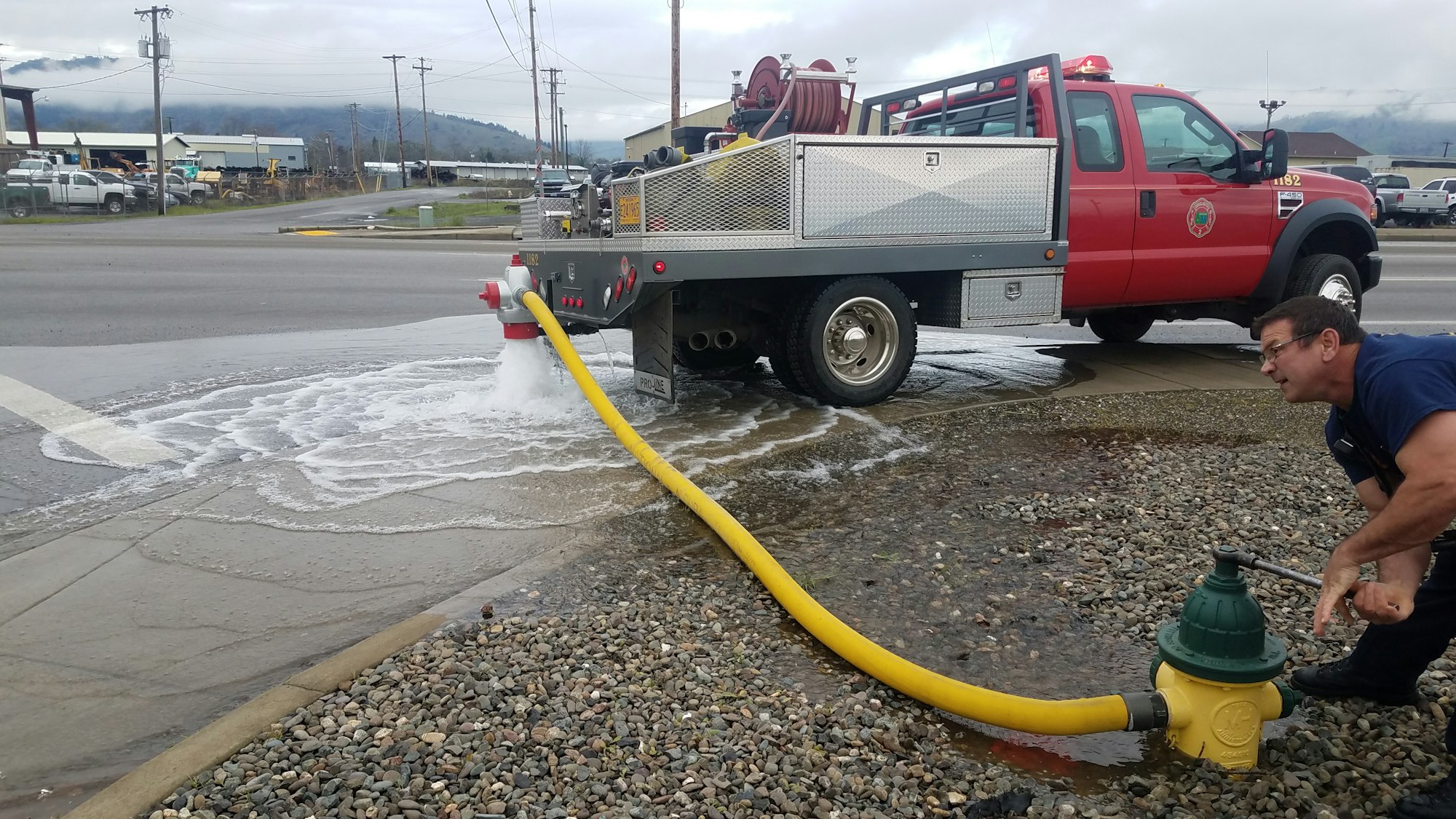Discolored Water/Flushing Guide

What To Do After a Water Main Break or Hydrant Flushing:
After experiencing a water main break or after periodic hydrant flushing, the water system is flushed and disinfected by the Authority to the extent possible. In most cases you will not notice any difference in your water, though there is a chance that you may have air in the water pipes or notice a discoloration of the water. Natural mineral scale is on the inside of the pipes, and changes in the flow of water (such as during a water main break or flushing) often cause mineral scale to slough off and discolor the water or produce particulate matter. These mineral compounds pose no health threat. Following a water main break or flushing, the Authority recommends you flush the COLD water lines in your home or business. It will cost you pennies to take this important step.
1. Begin with the highest tap (faucet) without an aerator (a bathtub spigot is preferred) in your home, and then open other faucets one at a time, moving from your highest floor to your lowest floor. If the dwelling is one story, use the fixture closest to where the water service enters the building.
2. After five (5) to fifteen (15) minutes, or until the water is clear and any air in the line is depleted, turn off your faucets and tub spigot(s) in reverse order, from lowest to highest.
3. If the water does not clear, wait thirty (30) minutes and flush the COLD water lines again.
4. Following restoration of water service, check your toilets for any leaks. The temporary change in water pressure may cause the toilet flapper to seat improperly after water has been restored.
Do not use discolored water for any purposes that require clean water, such as preparing food and beverages, medical and dental procedures, and laundry.
Do not flush the cold water through a faucet or tap that has a filter connected to it, such as a refrigerator water line, or the sediment may clog the filter.
Do not use a hot water tap because it could draw sediment into your hot water tank.
